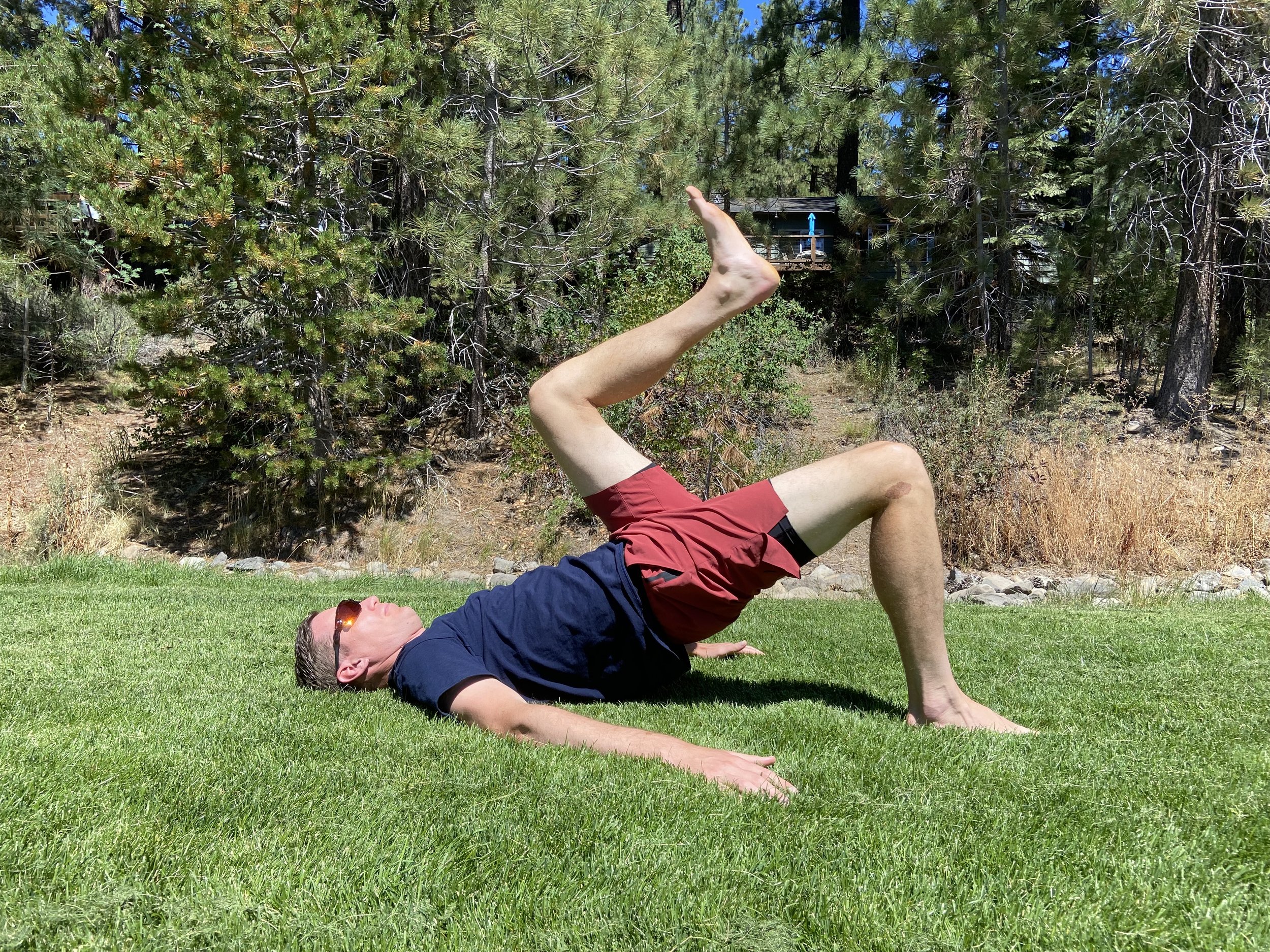3 Strength Training Tips for Trail Running
Trail running is a sport that allows us to get off the beaten path and explore trails and landscape around us. However, to stay healthy and running as many miles as possible, it’s important to maintain some basic strength training in your program. In this blog post, we'll look at three aspects of strength training that every trail runner should focus on: single leg strength, core stability, and shoulder stability.
1. Single Leg Strength: Conquering Uneven Terrain
One of the fundamental reasons to incorporate strength training into your trail running routine is to enhance your single leg strength. Trail running often involves navigating uneven surfaces, which demand stability and power from each leg. To effectively apply force on rocky, rooted, or generally uneven trails, you need solid single leg strength.
Exercise Recommendation: Start with exercises on a stable surface and relatively light weights to master proper form before progressing. Consider single leg lunges, which can be performed in various planes: forward, backward, and lateral. These exercises target different muscle groups in the leg while improving overall single leg strength.
2. Core Stability: Maximizing Efficiency and Control
Core stability is a crucial component of trail running. Unlike traditional ab workouts, core stability focuses on engaging the muscles that support your spine, including your abs, back, glutes, and hips. Maintaining a stable core is key for efficiency on uneven trails, ensuring you get the most out of each stride while minimizing unnecessary torso movement.
Exercise Recommendation: Two effective exercises for core stability are planks and glute/hip bridges, along with their variations. Planks engage deep core muscles, helping you maintain an upright posture and control during both uphill and downhill running. Incorporating single-leg variations or side variations can target oblique muscles, improving stability through your core.
3. Shoulder Stability: Arm Movement
Shoulder stability may not be the first thing that comes to mind when thinking about trail running, but it plays a crucial role in maintaining smooth and efficient running form. Your arms are synced with your legs to maintain tempo and be able to adjust it as needed. Weak or unstable shoulders can lead to excess rotation and unnecessary upper-body movement, wasting energy.
Exercise Recommendation: Incorporate single-arm shoulder presses into your strength training routine, using either dumbbells or kettlebells. These exercises not only strengthen your shoulders but also improve grip strength, especially when using a kettlebell. A stable upper body will help you conserve energy and become a more efficient trail runner. Chest press with your shoulders on a stability ball is a great, more advanced movement.
In summary, strength training should be an integral part of your trail running regimen for three compelling reasons:
1. Single Leg Strength: To effectively navigate uneven terrain and apply force on unpredictable surfaces.
2. Core Stability: For maintaining an upright posture, maximizing stride efficiency, and controlling your body during both ascents and descents.
3. Shoulder Stability: To ensure a smooth upper body and arms, tempo control, and reduced energy waste.
By incorporating these three aspects of strength training into your routine, you'll not only become a more resilient and injury-resistant trail runner but also improve your overall performance and enjoyment. Remember to start with proper form, gradually increase intensity, and consult with a coach to tailor your strength training program to your specific goals.
MVB Coaching is run by Coach Martin Benes a lifelong endurance sports enthusiast. He coaches running, cross-country skiing, and is a personal trainer working with endurance sport athletes. Based in Truckee, CA he works with clients globally.




